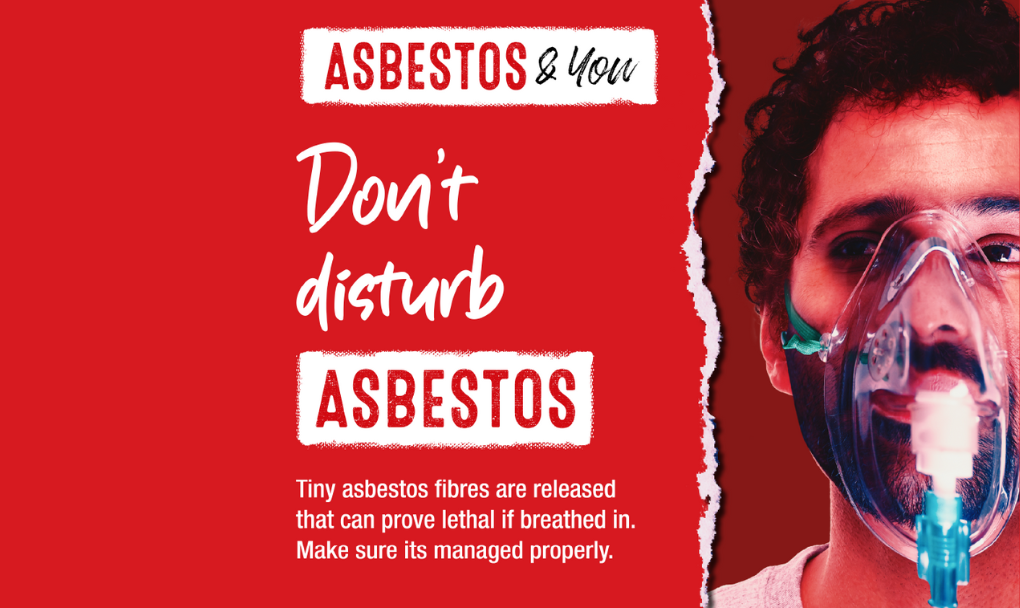The warning comes as part of the Health and Safety Executive’s (HSE) Asbestos and You campaign targeting tradespeople about the personal risks from asbestos that still exist in properties across the country today.
Around five thousand people a year die from asbestos related illnesses and asbestos can still be found in buildings built or refurbished before the year 2000. But HSE is warning despite the ban on its use, many buildings still contain asbestos, and it is still a serious risk to anyone exposed to it at any age.
Tim Beaumont, HSE’s acting head of construction policy sector, said:
“Asbestos can be found in things like Artex, cement boards under eaves, garage roofs, old bath panels, boiler houses and fires and even mortar between bricks can contain asbestos.
“There is no known safe level of asbestos exposure but that’s not to say it can’t be managed safely.
“All tradespeople should make sure they know the basics about identifying asbestos. Before carrying out any construction work, there’s a legal requirement to identify whether asbestos is present and could be disturbed.
“Younger tradespeople need to know the dangers behind asbestos as it could affect them in later life like it is affecting older tradespeople now.”
Asbestos is only dangerous if not maintained in a safe condition or if physically disturbed without the right measures in place to control exposure to fibres.
Iain McIlwee, FIS chief executive, said:
“Providing information about managing asbestos for plasterers, dryliners, ceiling fixers and all other trades working on the interior system of a building, is as important today than it ever was.
“We welcome and support HSE’s campaign ‘Asbestos & You’ to highlight that despite being banned in the UK, asbestos has not gone away. For example, removing old plaster, spray coatings on walls and beams, partition walls, loose fill insulation, textured walls, and ceilings (Artex) are still commonly found in buildings today, often when dealing with refurbishment projects.”
From the 1950s until 1999, asbestos containing materials were used extensively in the construction and maintenance of buildings in Great Britain.
When materials that contain asbestos are disturbed or damaged, fibres are released into the air. If these fibres are inhaled, they can cause serious diseases such as mesothelioma, asbestos related lung cancer, asbestosis, and pleural thickening. These diseases will not affect you immediately as they often take a long time to develop, but once diagnosed, it is often too late to do anything.
It can take 20 to 30 years before symptoms appear. Symptoms include shortness of breath, persistent cough, wheezing, extreme tiredness, pain in your chest or shoulder and in more advanced cases, swollen fingertips.
If asbestos cannot be safely managed, it should be removed by a licensed asbestos contractor. Where present, asbestos should be closely managed by those responsible for the building.
Find out more about the Asbestos and You campaign, and visit HSE’s website for further guidance on asbestos.

